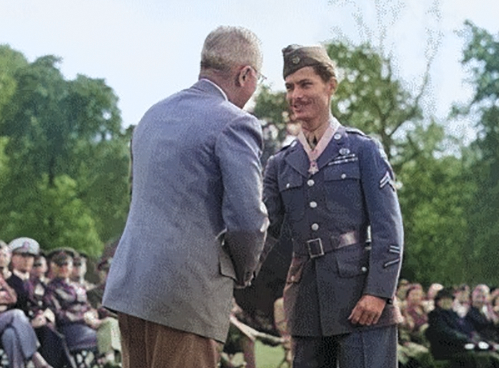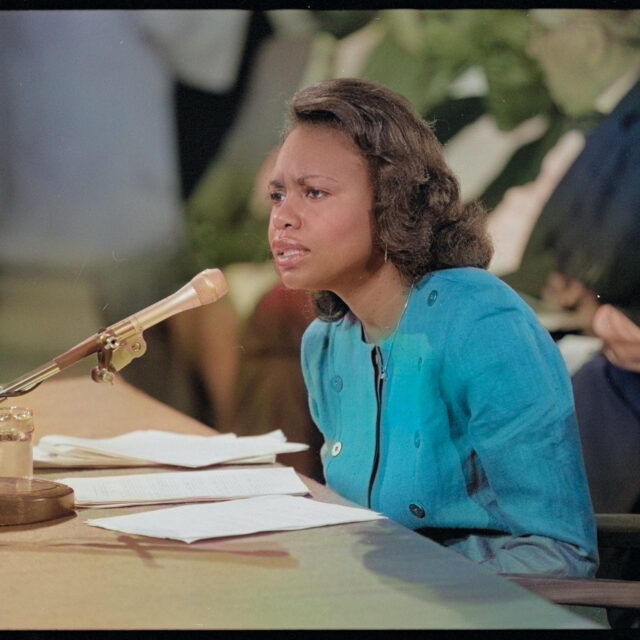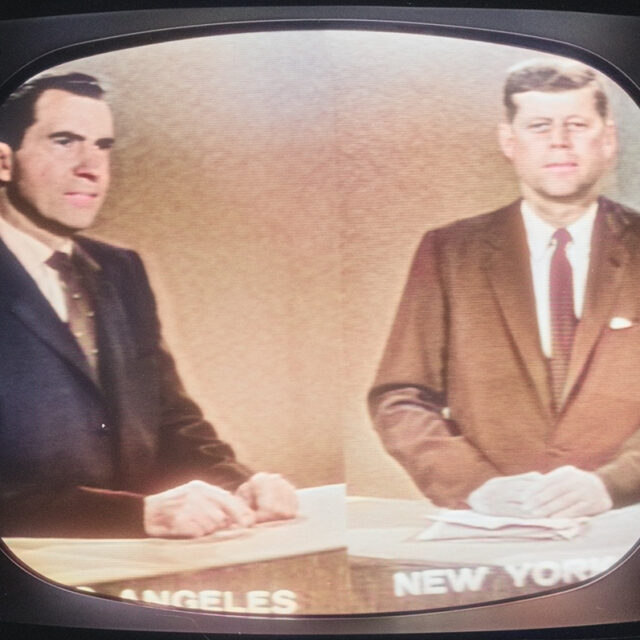
#OTD20 | September 27, 1964
The Warren Report: Solving or Complicating JFK's Assassination?
September 27, 1964: The Warren Commission releases its report on the assassination of President John F. Kennedy, concluding that Lee Harvey Oswald acted alone.
The Kennedy assassination is among the most extensively examined and debated events in American history. Appointed by President Lyndon B. Johnson, the Warren Commission was tasked with providing the American public with answers.
After ten months of investigation involving hundreds of interviews and examination of countless documents, the commission releases its 888-page report. The central conclusion: Lee Harvey Oswald acted alone in assassinating President Kennedy.
While the report is intended to provide closure, it becomes a subject of controversy itself. Many feel the commission didn't fully explore other possibilities, like conspiracy theories involving organized crime or foreign governments.
Despite its controversies, the Warren Commission’s report remains an essential reference for anyone seeking to understand the Kennedy assassination.
Viewing Options
The administration of President John F. Kennedy is chronicled in our classroom-ready video survey, "The Sixties."
Additional Resources
Access more information from Media Rich Learning and curated off-site sources.
Remarkably social












